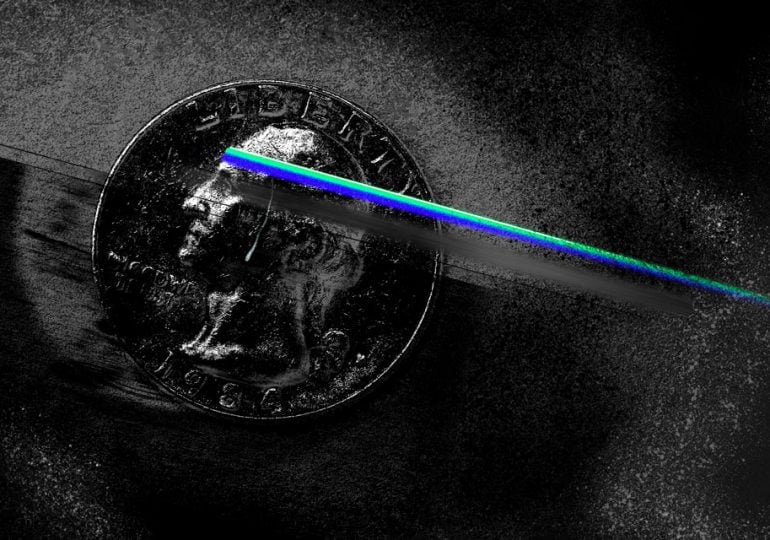Investors give up nearly half of their gross profits through incentive fees, according to an NBER working paper.
Investors are paying their hedge fund managers much higher fees than they might think.
A new study from the National Bureau of Economic Research has found that, over the long run, the total performance fees paid by investors are more than 2.5 times higher than what they signed up for — and that’s before taking management fees into account, according to authors Itzhak Ben-David and Justin Birru of the Ohio State University and University of Arizona professor Andrea Rossi.
“During the 22-year sample period, investors paid about half of their aggregate gross profits as incentive fees — whereas the average contractual incentive fee is below 20 percent,” they wrote. “After including management fees, investors collected about 36 cents for each dollar of gross excess return generated by funds on their invested capital. The other 64 cents were paid as management and incentive fees.”
The study was based on analysis of nearly 6,000 hedge funds operating between 1995 and 2016. These hedge funds, on average, charged a performance fee of 19 percent of gross profits. “In practice, however, investors paid 49.6 percent of the cumulative gross profits as incentive fees,” the authors said.
This amounted to $113.3 billion in performance fees paid on $228.2 billion in gross profits — almost $70 billion higher than if investors had actually paid 19 percent fees.
“Adding insult to injury, these results are obtained before adjusting fund returns for risk,” the authors added.

According to the study, there are a few reasons why the actual fees paid are so much higher than the stated fee rate. For one, investors pay fees based on individual manager performance, rather than across their total hedge fund portfolios. So even if nine-out-of-ten hedge funds are losing money, the investor still has to pay incentive fees to the one manager that’s making money. In 2008, for example, the authors noted that hedge funds overall lost $147.1 billion before fees — but investors still paid $4.4 billion in performance fees.
The other reason for higher effective fees, according to the authors, is that hedge fund investments tend to be discontinued after losses — and investors don’t recoup the incentive fees they paid back when the funds were making money.
This is in spite of high-water marks, fee mechanisms that hedge funds offer to ensure that investors recover losses before they pay performance fees. As the authors explain, high-water marks don’t matter if investors redeem their capital before a losing hedge fund starts making money again — or if the hedge fund itself shuts down.
“Fund managers are substantially more likely to liquidate their funds following large losses than following gains,” the authors wrote. “When a fund is liquidated following losses, investors automatically lose the opportunity to earn back their losses without paying additional incentive fees. Moreover, if the liquidating fund earned incentive fees at some point in its life, then the act of liquidation leads to the crystallization of ‘underwater incentive fees,’ i.e., fees paid for past gross profits that have been offset by subsequent same-fund losses.”
Based on these findings, the authors warned that fee structures emphasizing incentive fees — like Texas Teachers’ “1-and-30” — may “have unintended consequences and may lead to unfavorable outcomes for investors.”
“Loading up the incentive fees may not lower the amount of fees that investors pay in aggregate over a full market cycle,” they concluded. “Our findings also suggest that increasing the incentive fee rate is unlikely to protect investors from paying fees to fund managers that perform poorly in the long run and that for many funds a higher incentive fee may not substantially tighten the link between lifetime performance and fees.”
Leave a comment
